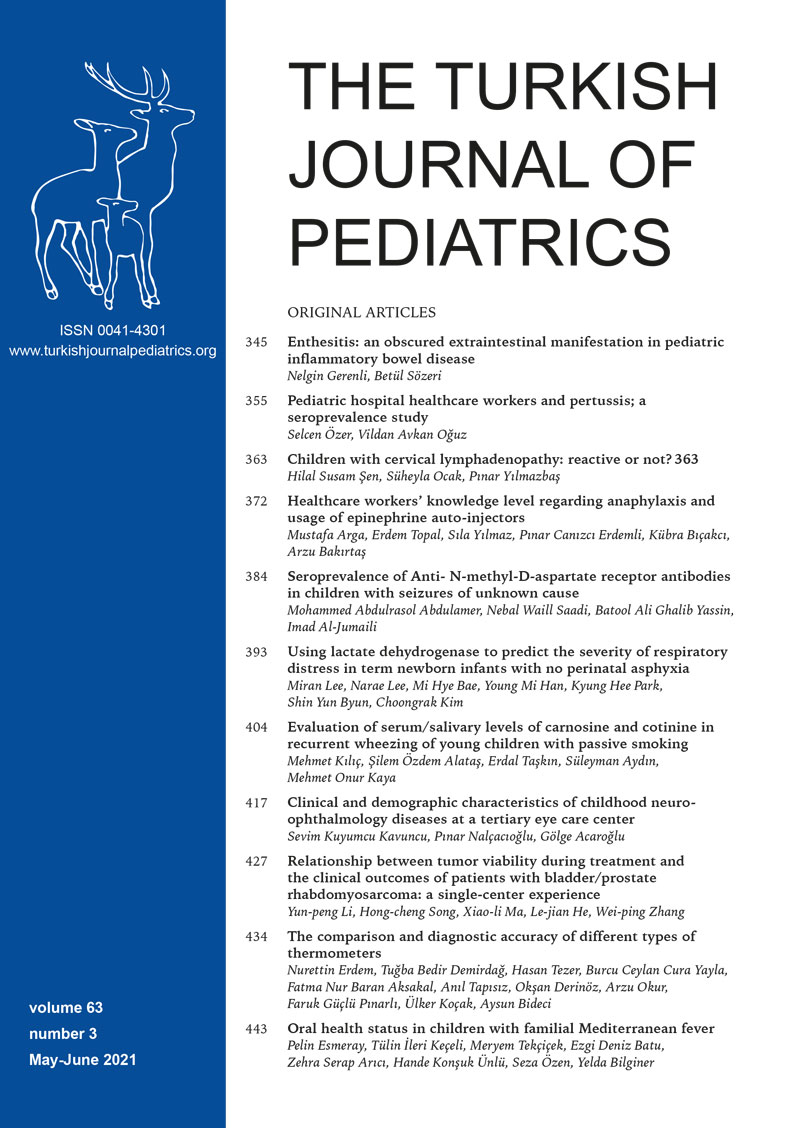Abstract
Background. Although postural impairments have long been reported following a concussion in the pediatric population, we still know very little about who is more at risk of presenting those balance problems and how the mechanism of injury (sport vs non-sport) could influence balance problems after concussions. The purpose of this study was to compare balance function in children having sustained a sport-related (SRC) or non-sport-related (NSRC) concussion, to that of children with an orthopedic injury (OI) and to non-injured (NI), over a one-year period.
Methods. One-hundred and twelve participants were included in this study. Among them, 38 were concussed, with 27 having sustained a SRC; and 11 an NSRC, as well as 38 NI, and 36 OI. Balance function was evaluated at 2 weeks, 3 months, 6 months, and 12 months after a concussion, and at the same time intervals for the control groups. The balance subtest of the Bruininks-Oseretsky Test of Motor Proficiency (BOT2) and Timed Foam Test was used to measure postural instability. Concussion related symptoms were measured by the Post Concussion Symptom Scale (PCSS).
Results. There was an improvement in tandem standing on the balance beam (P=.02) and in single-leg standing (SL) on foam surface (P=.02) for all groups over a year. At the 2nd week, NSRC had more postural instability than NI during SL on the balance beam when eyes were closed (P =.01), and performed significantly worse than SRC (P =.01) and NI (P =.01) during SL on the foam surface. NSRC also reported more symptoms than SRC on PCSS (P < 0.001). In the 3rd month, NSRC still had lower performance than SRC in SL on foam surface (P =.01).
Conclusions. Children sustaining a concussion outside of a sport seem to have higher levels of postural instability up to 3 months post-injury when compared to those injured in sport.
Keywords: balance, mild traumatic brain injury, non-sport related concussion, sport related concussion
Copyright and license
Copyright © 2021 The Author(s). This is an open access article distributed under the Creative Commons Attribution License (CC BY), which permits unrestricted use, distribution, and reproduction in any medium or format, provided the original work is properly cited.














